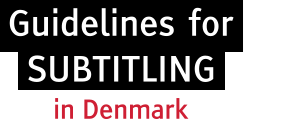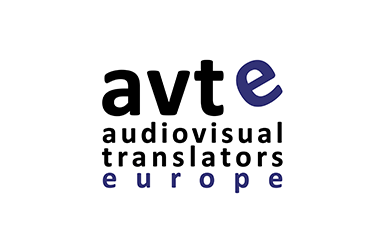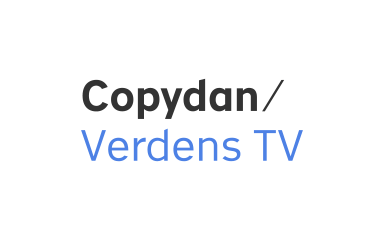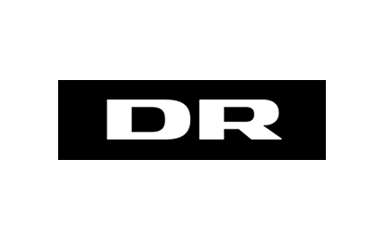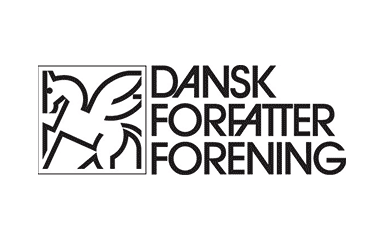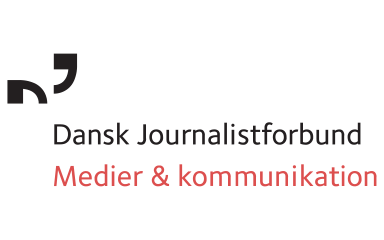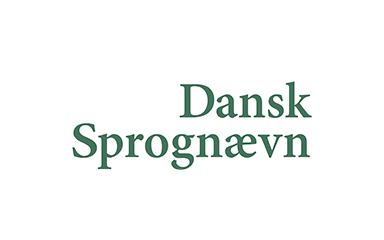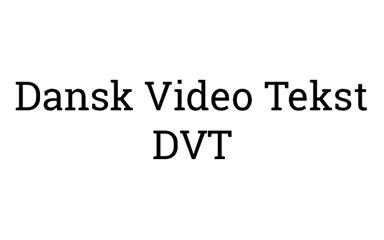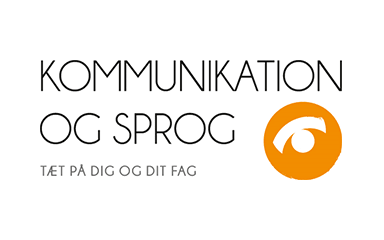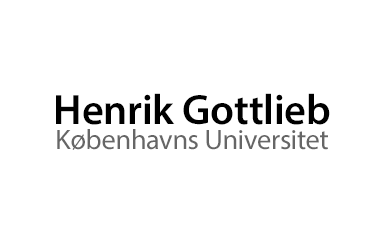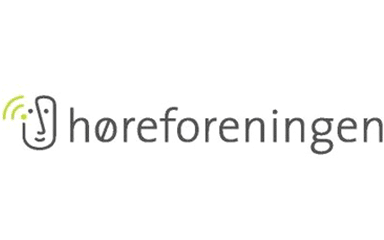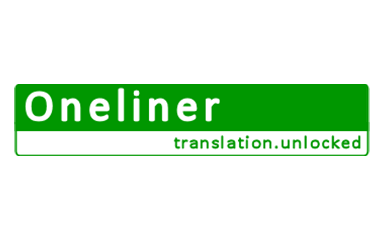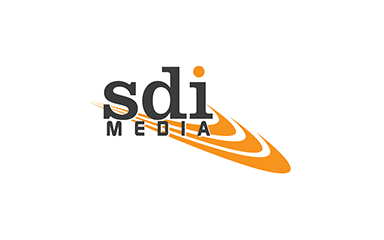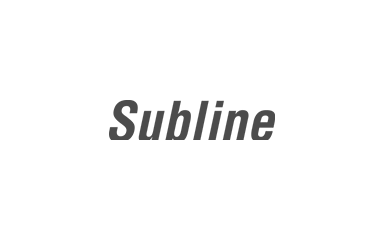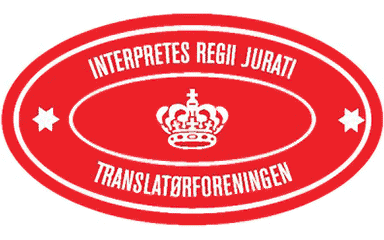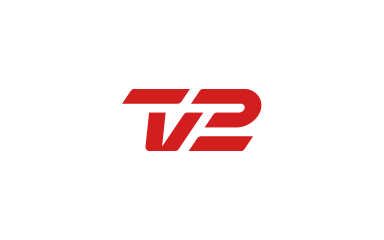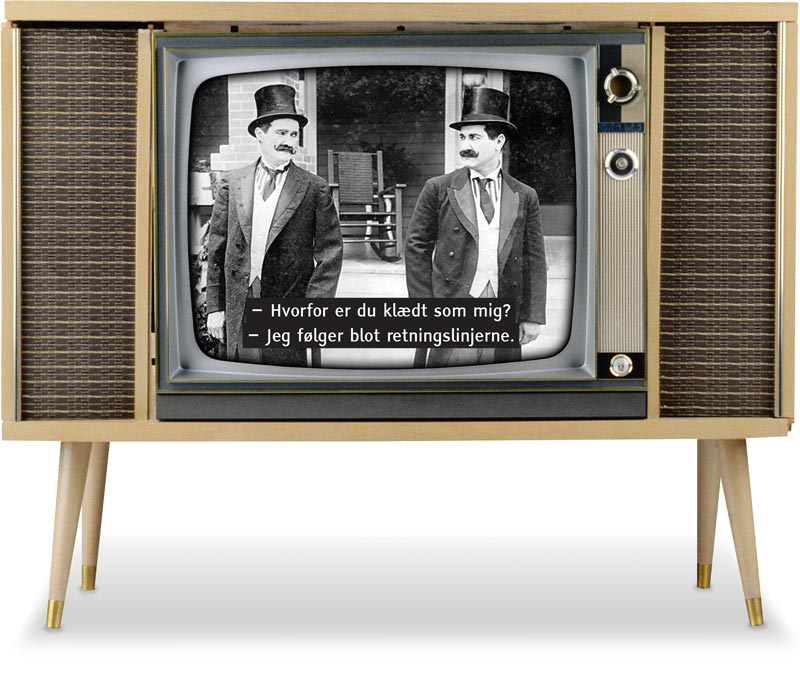
Guidelines for subtitling in Denmark
Subtitles are the most widely used way of translating the large amount of foreign-language video content that Danes encounter every day on television, on the Internet and at the cinema. The Danish subtitling tradition is well-established and homogenous, and it differs from e.g. the American way of making closed captioning for the deaf and hard of hearing, especially in relation to condensation and reading speed.
Below, you will find the guidelines for subtitles in Denmark which are agreed on by the entire Danish subtitling industry. Whether you are an experienced audiovisual translator, new to the field, or maybe working within journalism or communication, the guidelines will help you to create the kind of subtitles that the Danish viewers are used to and will recognize as good subtitles.
The guidelines describe the formal requirements for subtitles (number of lines, number of characters, use of punctuation, etc.), language requirements (spelling, idiomatic language, etc.), and the specific characteristics of subtitles (condensation, cueing, duration, etc.).
The guidelines define the standard for good subtitling in Denmark. They have been compiled by Forum for Billedmedieoversættere, the Danish subtitlers’ association within The Danish Union of Journalists, in dialogue with The Danish Language Council. The guidelines describe best practice and apply exclusively to subtitles.
